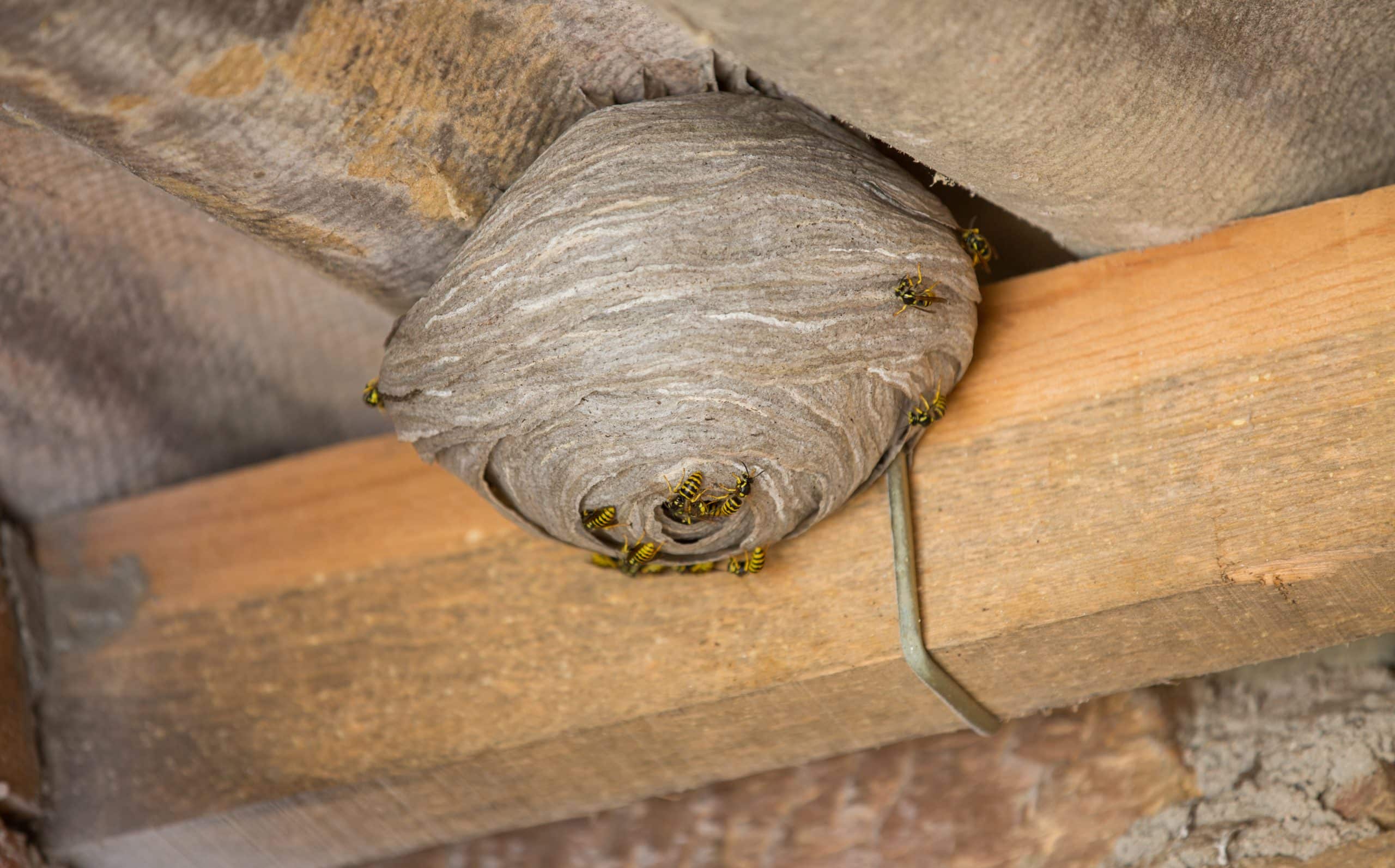

Articles
How To Get Rid Of Wasps In The Attic
Modified: December 7, 2023
Looking for articles on how to get rid of wasps in the attic? Learn effective methods and tips to safely remove wasp infestations from your attic space.
(Many of the links in this article redirect to a specific reviewed product. Your purchase of these products through affiliate links helps to generate commission for Storables.com, at no extra cost. Learn more)
Introduction
Dealing with a wasp infestation in your attic can be a daunting and potentially dangerous task. Wasps, with their painful stings and aggressive behavior, can pose a threat to you and your family. However, with the right knowledge and approach, you can successfully get rid of these unwanted guests and reclaim your attic space. In this article, we will guide you through the process of identifying wasps in the attic, implementing safety precautions, removing outdoor and indoor nests, and preventing future infestations.
Before we delve into the specifics, it’s important to note that not all insects found in your attic are wasps. Bees, hornets, and yellow jackets can also make their nests in secluded areas like attics. Proper identification is key to effectively dealing with the issue at hand. If you’re unsure about the type of insect infestation you have, consider consulting a professional pest control service for assistance.
Now, let’s move on to the first step in resolving a wasp infestation: identifying the presence of wasps in your attic.
Key Takeaways:
- Safely and effectively eliminate wasp infestations in your attic by identifying signs of wasps, prioritizing safety with protective gear, and using proper removal methods to reclaim your space.
- Prevent future wasp infestations by sealing entry points, repairing damaged areas, keeping windows and doors closed, removing food sources, and conducting regular inspections for a peaceful, pest-free attic.
Read more: How To Get Rid Of Wasps In Eaves
Identifying Wasps in the Attic
Before you can effectively get rid of wasps in your attic, you need to confirm their presence. Here are some signs that indicate a wasp infestation:
- Sightings: If you’ve observed wasps flying in and out of your attic or noticed an increased number of wasps around your home, chances are they have nested in your attic.
- Noise: Wasps tend to create distinct buzzing sounds, especially when their nest is nearby. If you hear unusual buzzing or humming noises coming from your attic, it could be a sign of a wasp infestation.
- Visible Nests: Wasps build their nests from chewed wood or mud, and they often construct them in secluded areas like attics. Look for a papery or muddy nest resembling a honeycomb structure. It may be hanging from the ceiling, attached to a wall, or hidden in a corner.
- Wasp Activity: Observe the behavior of the wasps. If they appear aggressive, frequently hover around a particular area, or become defensive when you approach, it indicates that they are protecting their nest.
If you have confirmed the presence of wasps in your attic, it’s crucial to take necessary safety precautions before attempting to remove the nest. Let’s explore the next step to ensure your well-being during the removal process.
Safety Precautions
Dealing with wasps in the attic can be risky, as their stings can cause severe allergic reactions or even lead to anaphylaxis in susceptible individuals. To ensure your safety during the removal process, it is essential to follow these precautions:
- Protective Clothing: Wear long sleeves, long pants, gloves, and closed-toe shoes to minimize the risk of getting stung. Consider using thick clothing to provide an additional layer of protection.
- Eye Protection: Wear goggles or safety glasses to shield your eyes from potential wasp attacks.
- Respiratory Protection: If you are sensitive to wasp stings or allergens, consider wearing a face mask or respirator to prevent inhaling any airborne contaminants during the removal process.
- Nighttime Removal: Wasps are generally less active and more likely to be inside their nests during the evening or nighttime. Removing the nest during these hours reduces the chances of encountering aggressive wasps.
- Keep Others Away: Ensure that children and pets are kept at a safe distance from the area where you are working. Additionally, inform other family members or residents in the house about the removal process to prevent accidental disturbances.
- Communicate: If you are allergic to wasp stings or have a medical condition that puts you at risk, it is crucial to inform a family member or close friend about the removal process. Provide them with information about your condition, steps to take in case of an emergency, and the location of any necessary medication.
Following these safety precautions will significantly reduce the risk of getting stung during the removal process. Now, let’s move on to the next step: removing outdoor wasp nests.
Removing Outdoor Nests
Outdoor wasp nests can often be found attached to trees, under eaves, or in other exposed areas around your home. Removing these nests is an important step in eliminating the wasp infestation and preventing further issues. Here’s how to safely remove outdoor wasp nests:
- Wait for Dusk or Dawn: Choose a time when wasps are less active, such as early morning or late evening. This is when most of the wasps are inside the nest.
- Wear Protective Clothing: Put on your long sleeves, long pants, gloves, and protective goggles.
- Prepare a Wasp Killing Spray: Using a commercial wasp killing spray, carefully follow the instructions on the label to mix the solution.
- Approach the Nest: Slowly and cautiously approach the nest, making sure to avoid sudden movements or loud noises that may provoke the wasps.
- Spray the Nest: Aim the nozzle of the spray directly at the entrance of the nest and thoroughly saturate the area. Continue spraying for a few seconds to ensure the entire nest is covered.
- Monitor the Nest: After spraying, keep an eye on the nest for any signs of wasp activity. Repeat the process if you notice any wasps returning to the nest.
- Dispose of the Nest: Once you are confident that the nest is inactive, carefully remove it from its location using a long-handled pole or broom. Dispose of the nest in a sealed plastic bag to prevent any potential wasps from escaping.
Remember, removing outdoor wasp nests can be dangerous, especially if the nest is located in a hard-to-reach area or if you have a severe allergy to wasp stings. If you are uncertain or uncomfortable with the process, it is best to seek professional assistance to ensure your safety.
Now that we’ve covered outdoor nest removal, let’s move on to addressing wasp nests that are inside your attic.
Seal any entry points, use a commercial wasp spray, and set up a decoy nest to deter wasps from nesting in the attic.
Treating Indoor Nests
When dealing with a wasp nest inside your attic, it’s important to approach the situation with caution. Unlike outdoor nests, indoor nests can be harder to reach and may require additional steps to safely remove or eliminate the infestation. Here’s how to treat indoor wasp nests:
- Identify Nest Location: Carefully inspect your attic to locate the wasp nest. Look for signs of wasp activity, such as buzzing sounds or wasps entering and exiting a specific area.
- Choose an Appropriate Treatment: Depending on the accessibility of the nest and the severity of the infestation, you have a few options for treating indoor nests:
- Dust Insecticides: If the nest is in a hard-to-reach area, you can use a dust insecticide specifically designed for wasps. Apply the dust directly into the nest using a duster or similar tool, following the product instructions carefully.
- Foam Insecticides: For nests located in more accessible areas, foam insecticides can be effective. Apply the foam directly into the nest entrance, completely covering the opening. Again, be sure to follow the product instructions.
- Professional Pest Control: If you are uncertain or uncomfortable with treating the nest yourself, it is recommended to contact a professional pest control service. They have the knowledge, experience, and equipment to safely remove the nest.
- Wait and Monitor: After treating the nest, give it some time to take effect. Monitor the area to ensure that wasp activity decreases and the nest becomes inactive.
- Seal Entry Points: Once the infestation is resolved, it’s important to seal any potential entry points in your attic to prevent future wasp infestations. Inspect your attic for cracks, gaps, or openings and seal them with caulk or other suitable materials.
When treating indoor wasp nests, always prioritize your safety. If the nest is in a particularly difficult or hazardous location, it’s best to seek professional help to avoid any potential accidents or injuries.
Now that you’ve learned how to treat indoor nests, let’s explore some tips for preventing future wasp infestations in your attic.
Read more: How To Get Rid Of Wasps In Siding
Preventing Future Infestations
After successfully removing wasp nests from your attic, it’s crucial to take preventive measures to minimize the chances of future infestations. Here are some tips to help prevent wasps from returning to your attic:
- Seal Entry Points: Inspect your attic for any openings or cracks that may serve as entry points for wasps. Seal these gaps with caulk or use weatherstripping to ensure a tight seal.
- Repair Damaged Siding or Roofing: Repair any damaged siding or roofing materials, as they can provide easy access for wasps to enter your attic.
- Keep Windows and Doors Closed: Wasps can easily enter your attic through open windows or doors. Make sure to keep them closed, especially during the warmer months when wasp activity is highest.
- Remove Attractive Food Sources: Wasps are attracted to sugary substances and food scraps. Keep your attic clean and free of any food waste that may attract these pests.
- Trim Vegetation: Trim trees, bushes, and other vegetation that is in close proximity to your home. This will reduce the likelihood of wasps building nests near your attic.
- Hang Wasp Deterrents: Consider using wasp deterrents such as fake nests or commercially available wasp repellent products. These can help deter wasps from building new nests in your attic.
- Regular Inspections: Periodically inspect your attic for any signs of wasp activity. Early detection can help prevent a full-blown infestation.
By implementing these preventive measures, you can greatly reduce the risk of future wasp infestations in your attic. Remember, regular maintenance and vigilance are key to keeping your attic wasp-free.
Now that you have a better understanding of how to prevent future infestations, let’s summarize what we’ve learned.
Conclusion
Dealing with a wasp infestation in your attic can be a daunting and potentially dangerous task. However, by following the proper steps and precautions, you can successfully get rid of wasps and prevent future infestations.
It is essential to first identify the presence of wasps in your attic through sightings, noise, visible nests, and wasp activity. Once confirmed, prioritize your safety by wearing protective clothing, eyewear, and respiratory protection. When dealing with outdoor nests, wait for dusk or dawn, spray the nest with a wasp killing solution, monitor for activity, and carefully dispose of the nest.
For indoor nests, identify the location and choose a suitable treatment such as dust or foam insecticides. If necessary, seek professional help. After treatment, monitor the area and seal any entry points in your attic to prevent future infestations.
To further prevent wasp infestations, seal entry points, repair damaged areas, keep windows and doors closed, remove food sources, trim vegetation, hang deterrents, and conduct regular inspections.
Remember to prioritize your safety throughout the process and consider seeking professional assistance if you are uncertain or uncomfortable with the removal or prevention methods.
By taking these steps, you can effectively tackle wasp infestations in your attic and create a wasp-free environment for you and your family. Enjoy a peaceful and pest-free space!
Frequently Asked Questions about How To Get Rid Of Wasps In The Attic
Was this page helpful?
At Storables.com, we guarantee accurate and reliable information. Our content, validated by Expert Board Contributors, is crafted following stringent Editorial Policies. We're committed to providing you with well-researched, expert-backed insights for all your informational needs.
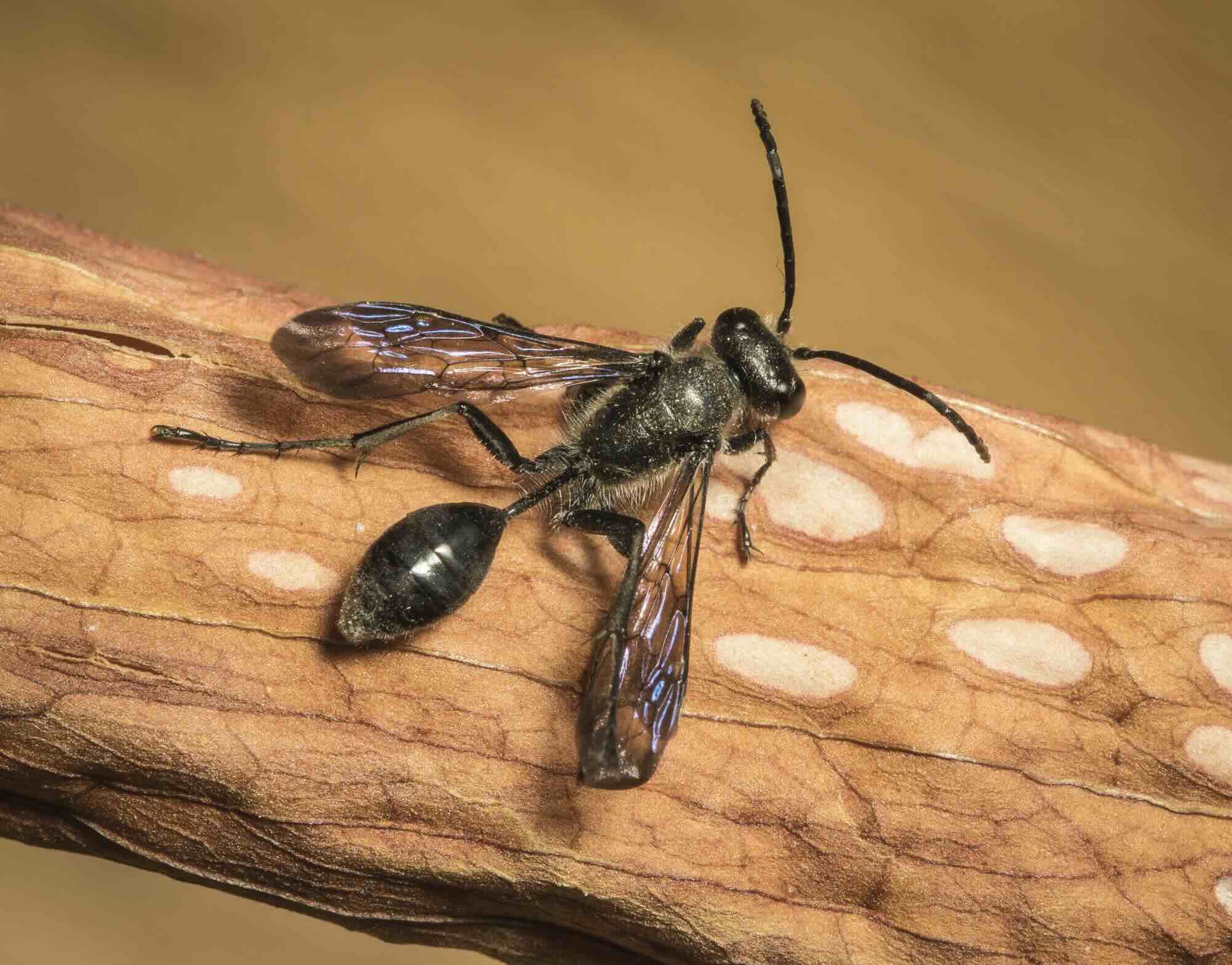
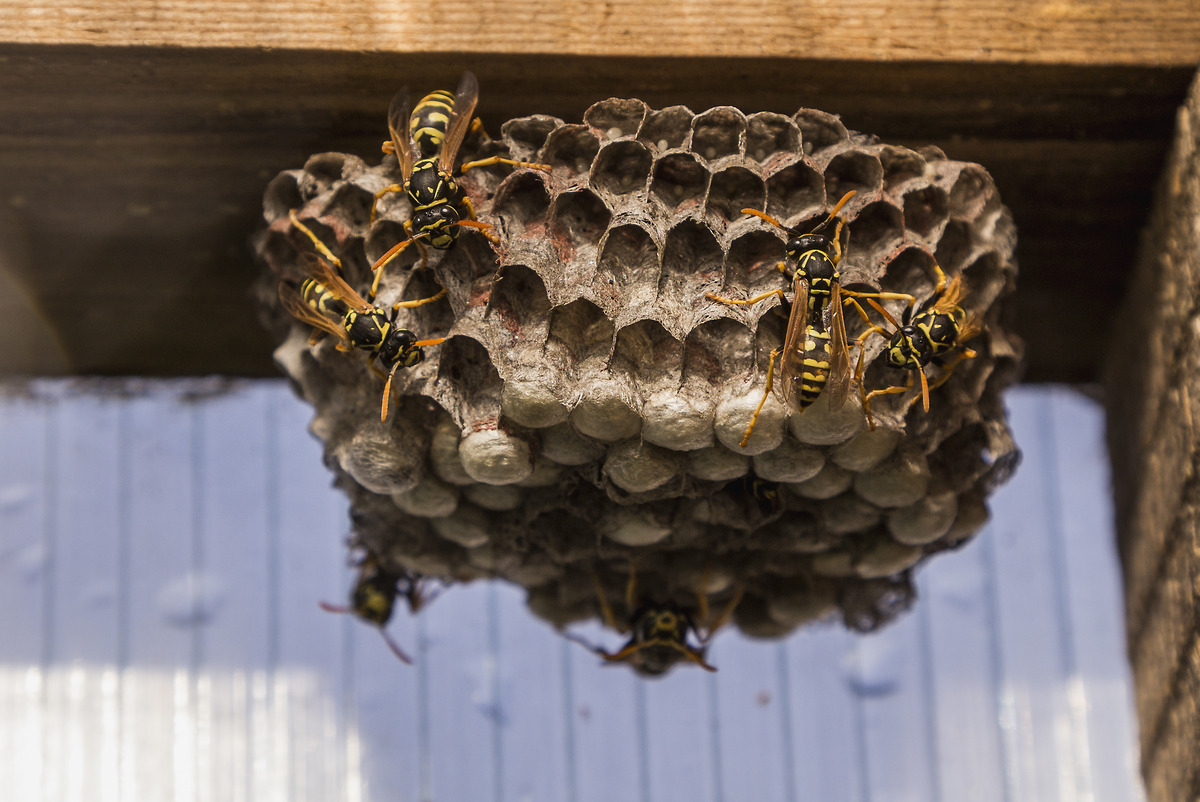
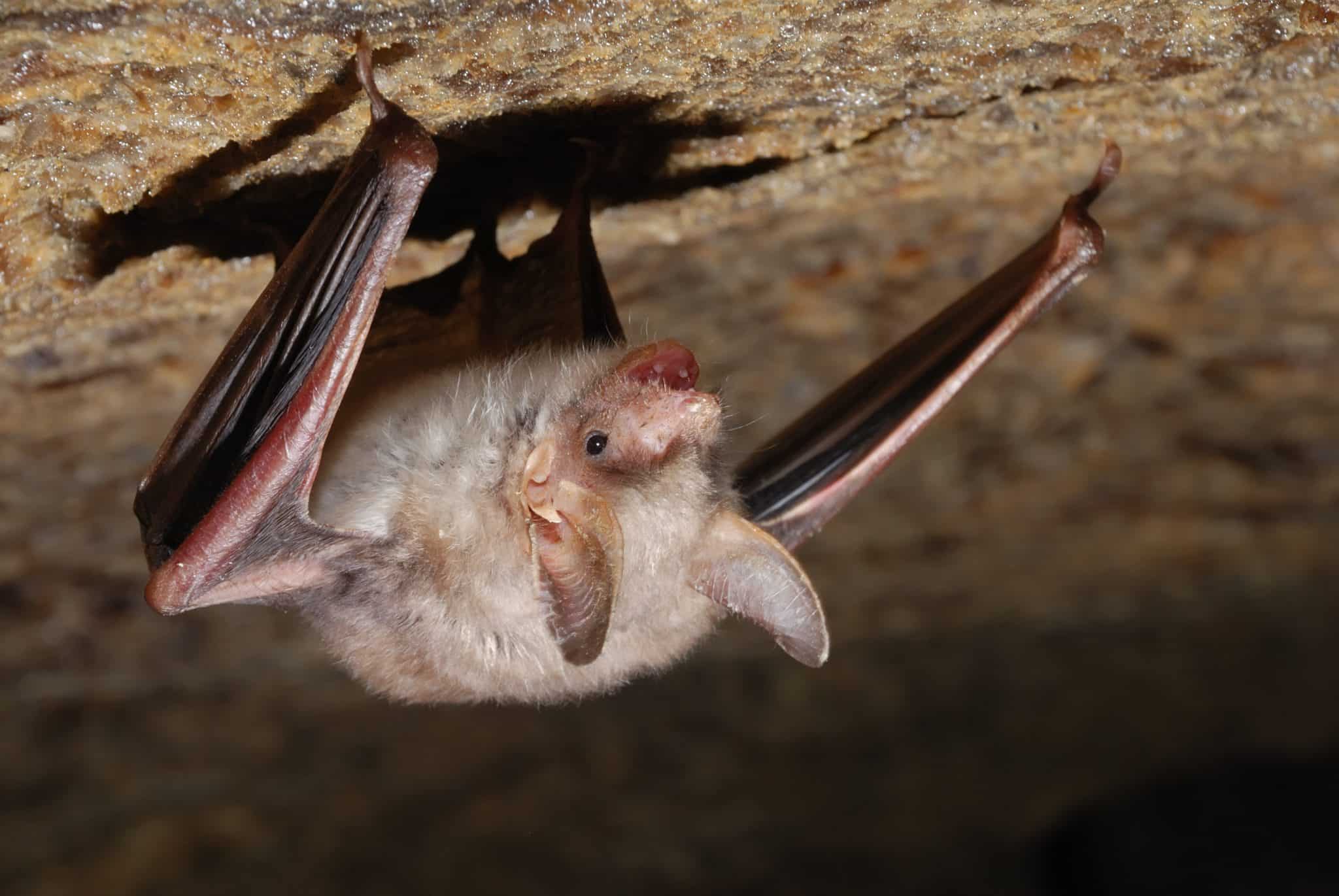
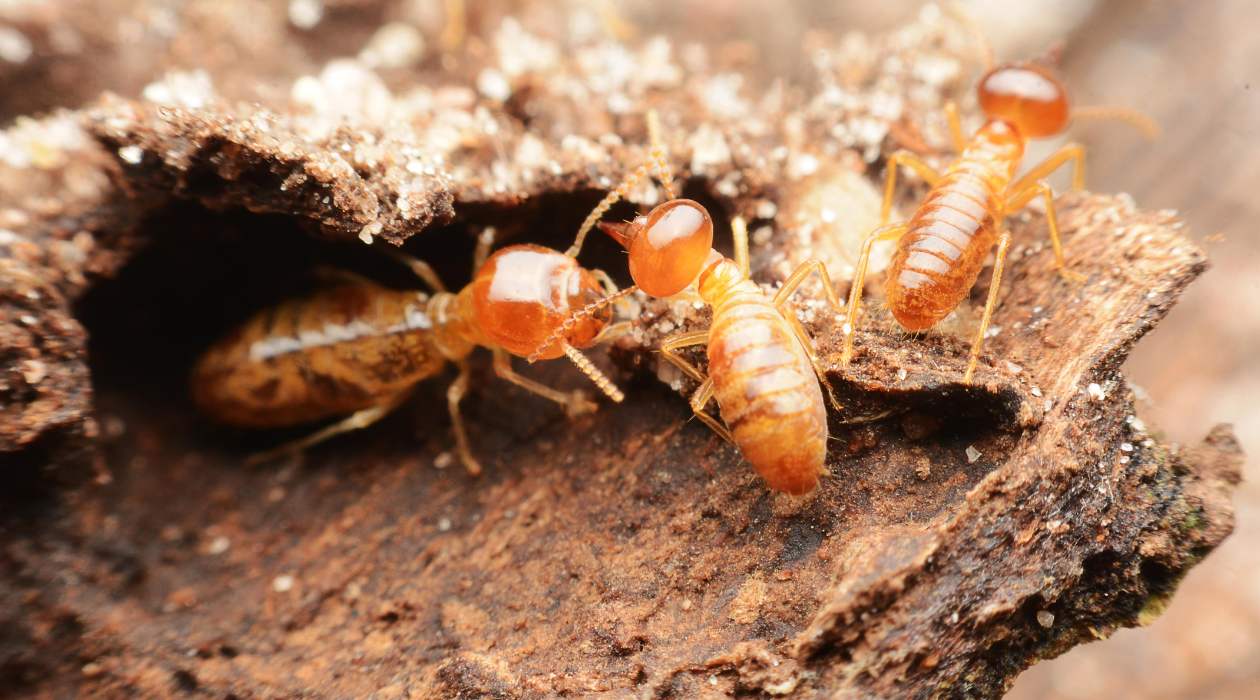
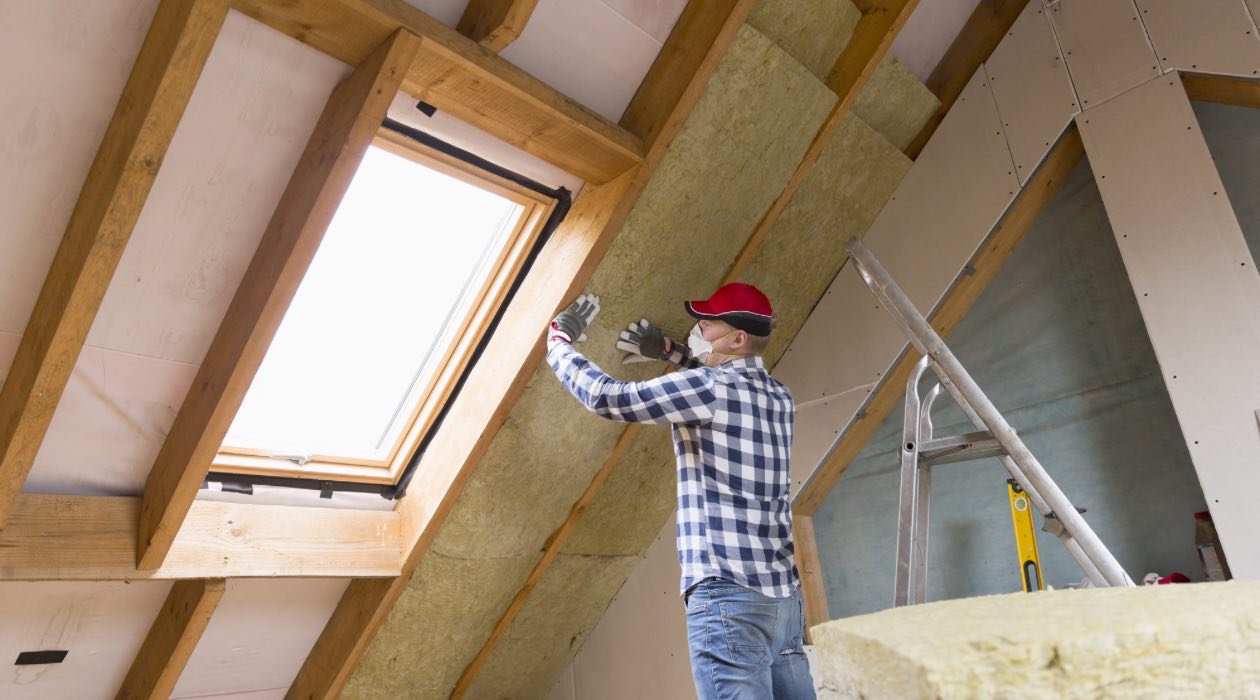
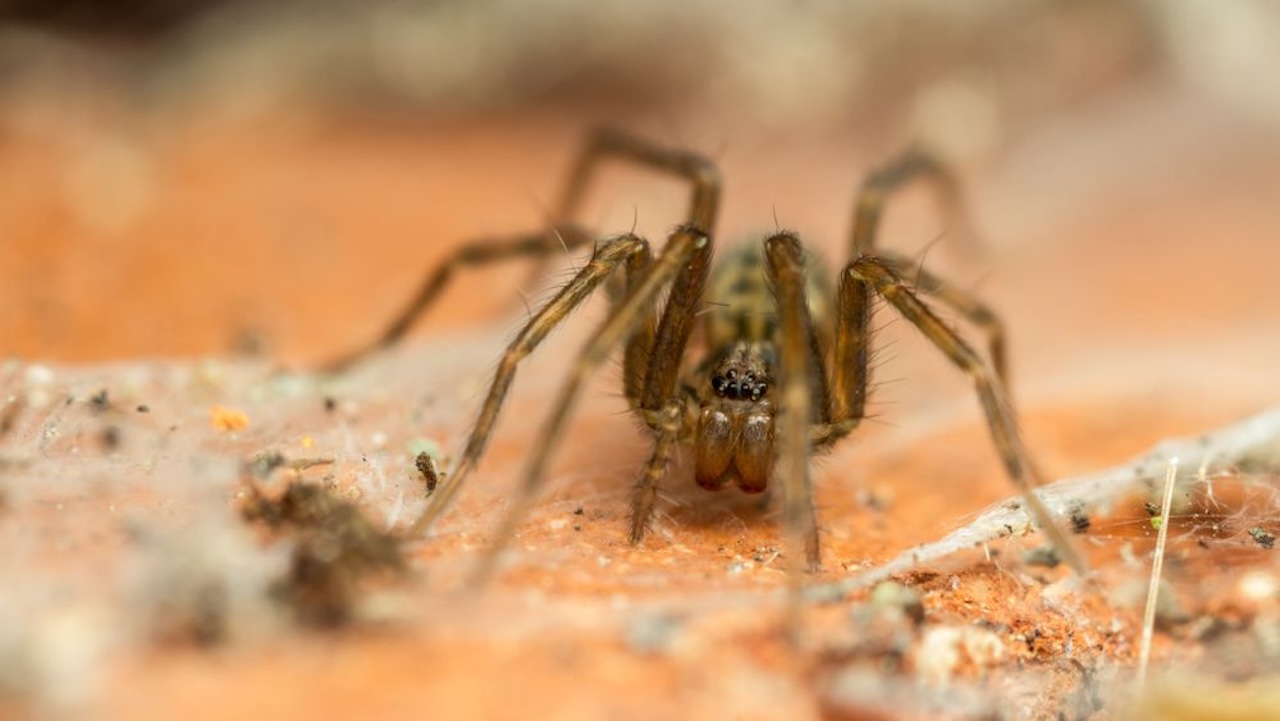
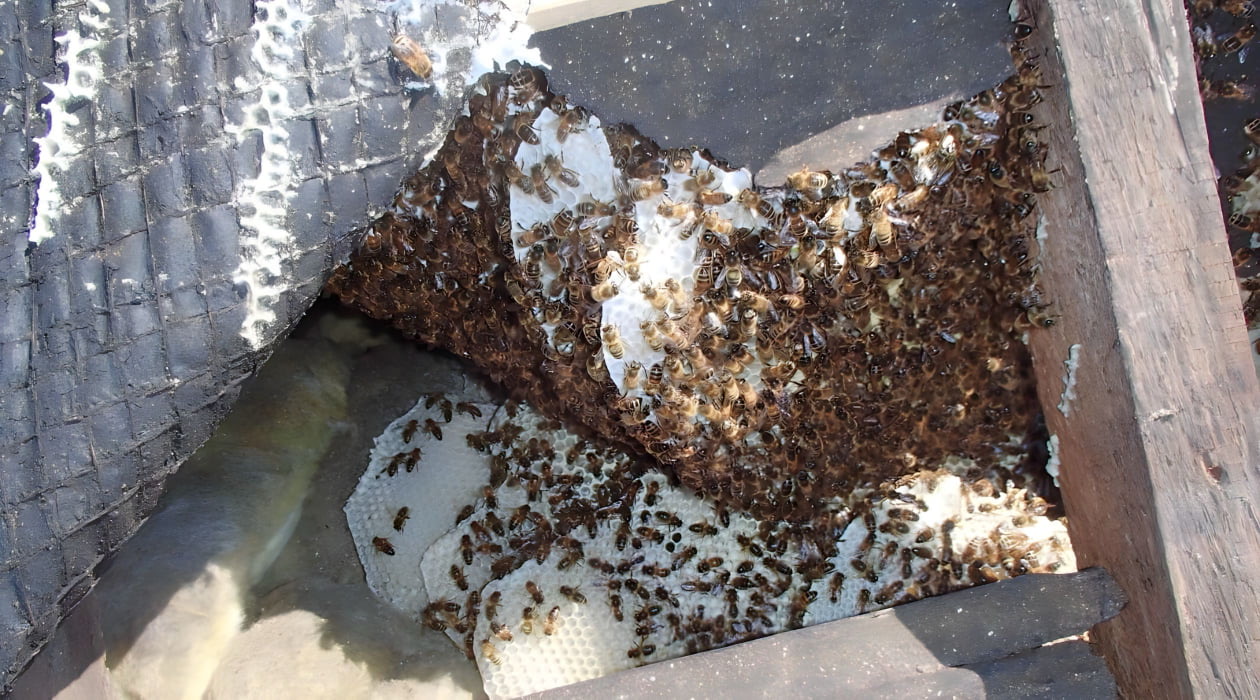

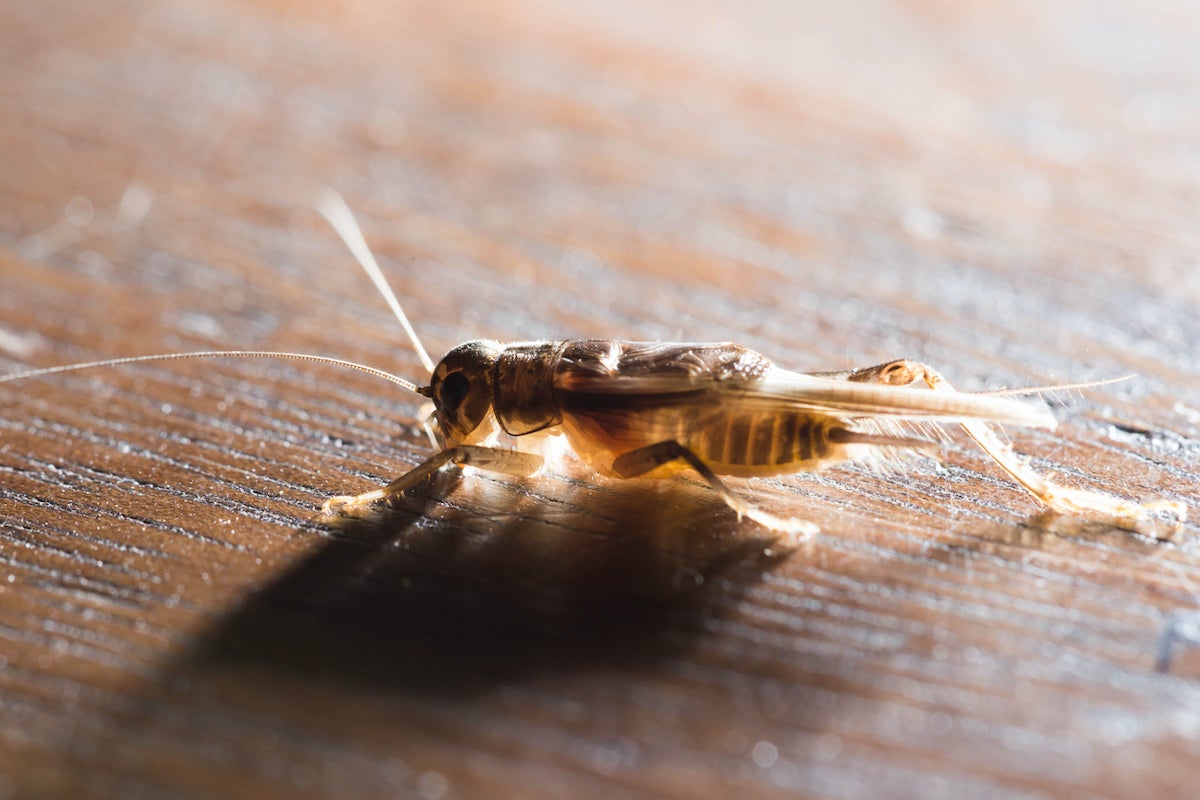
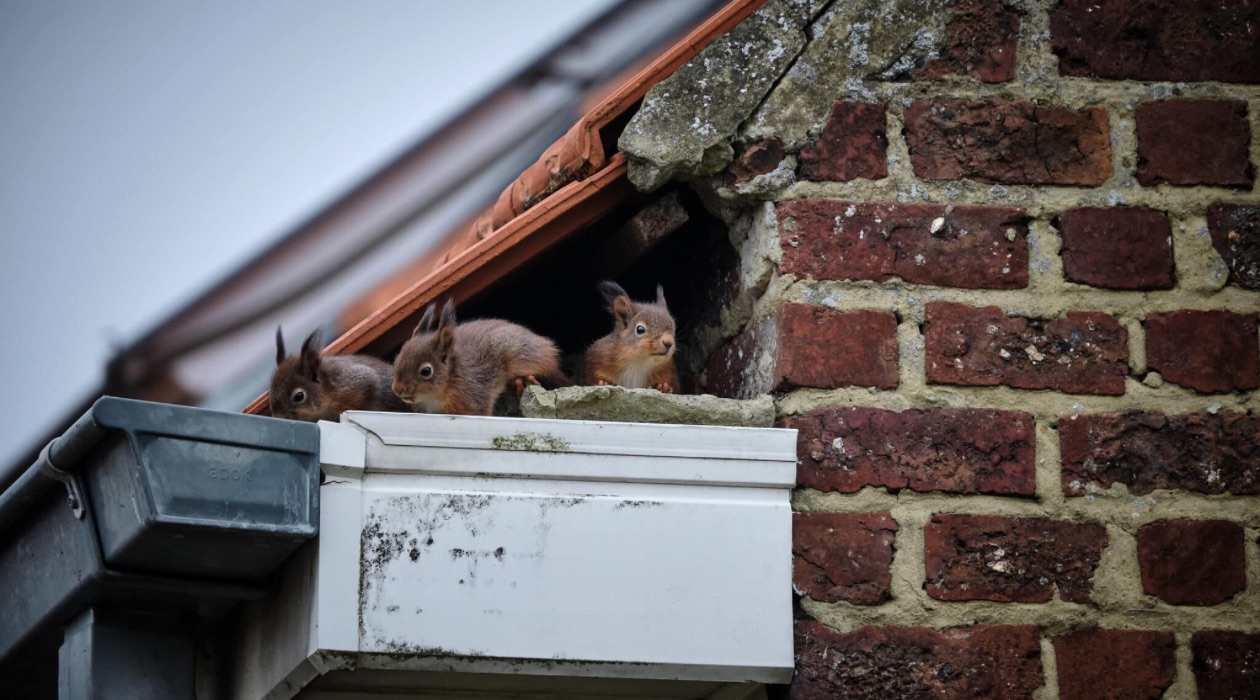
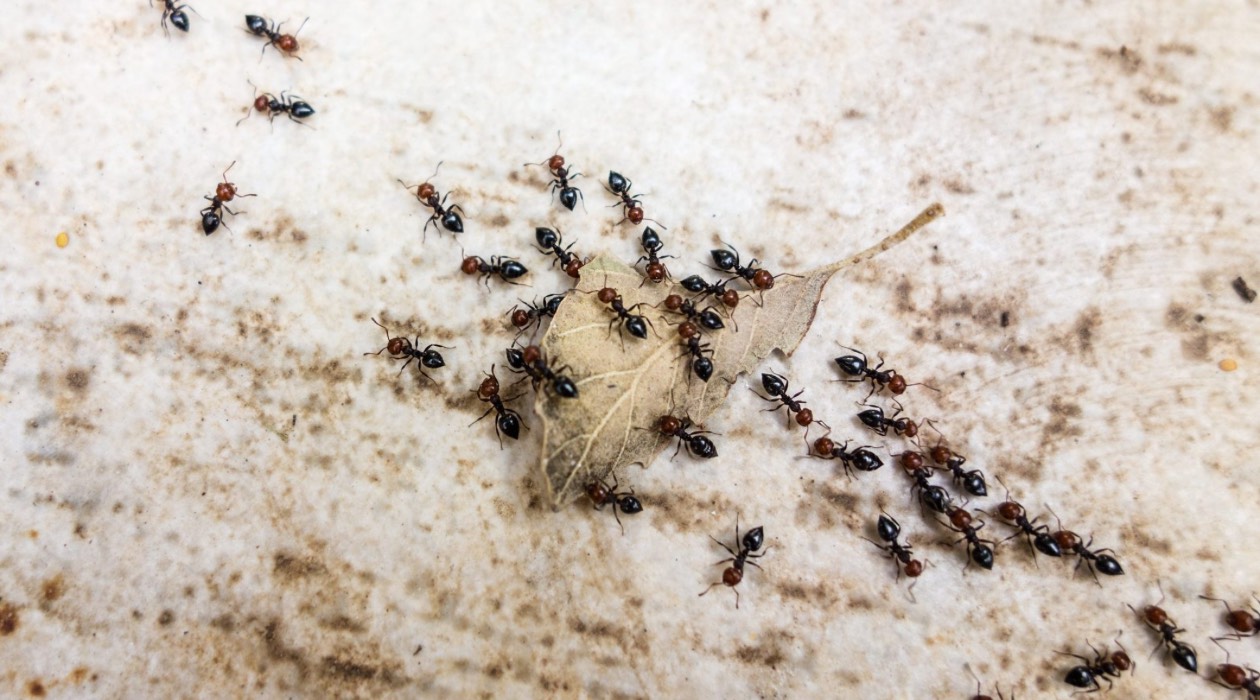
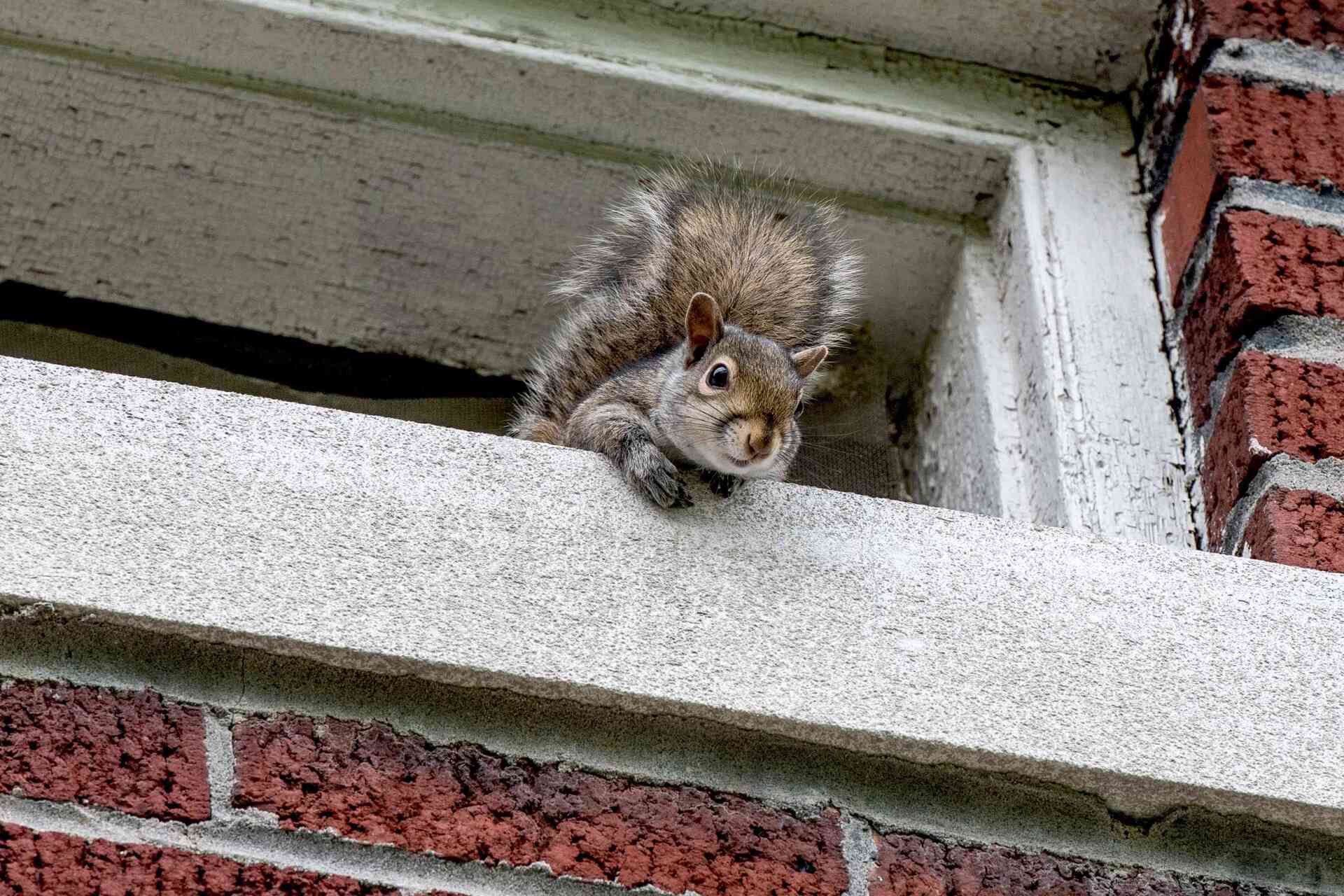
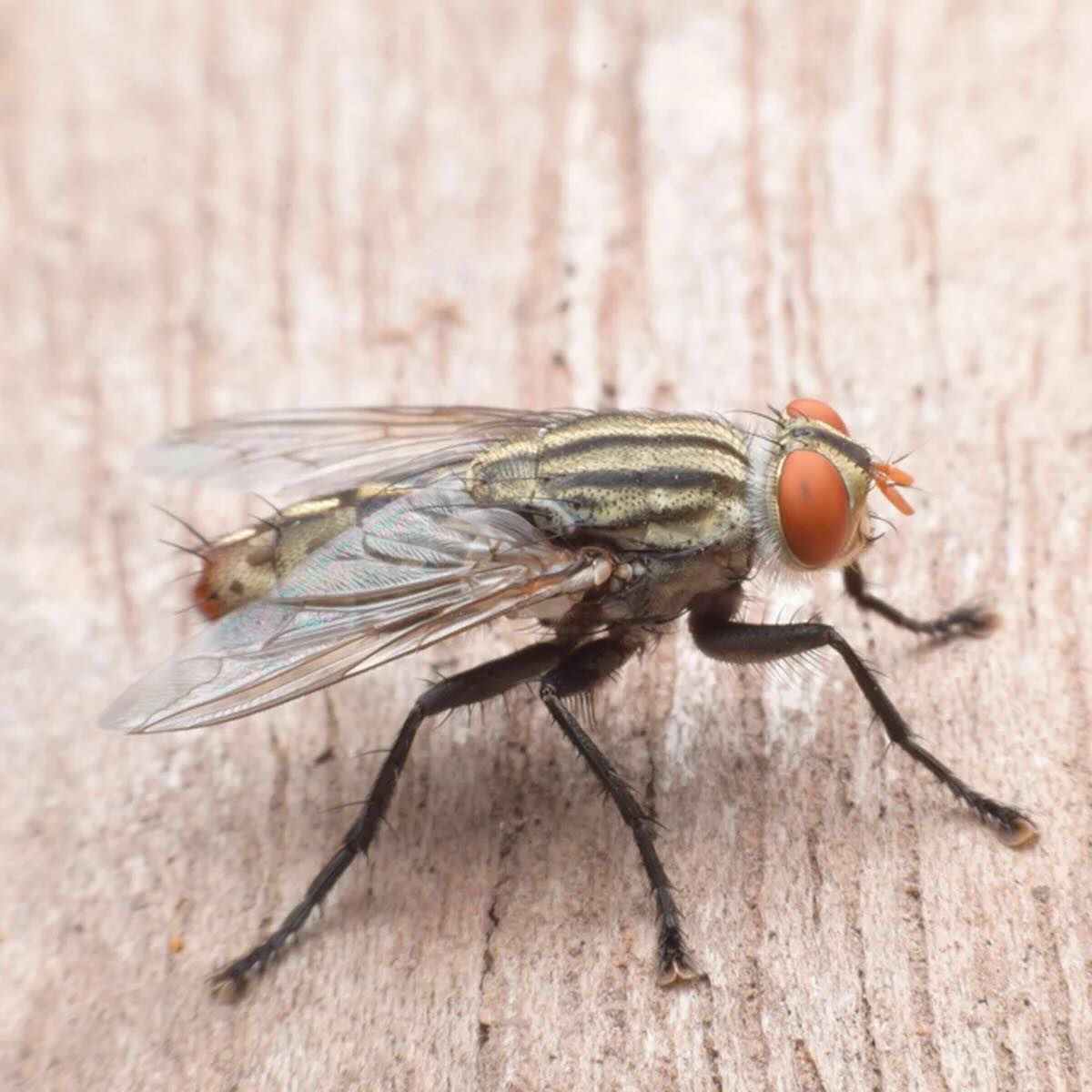
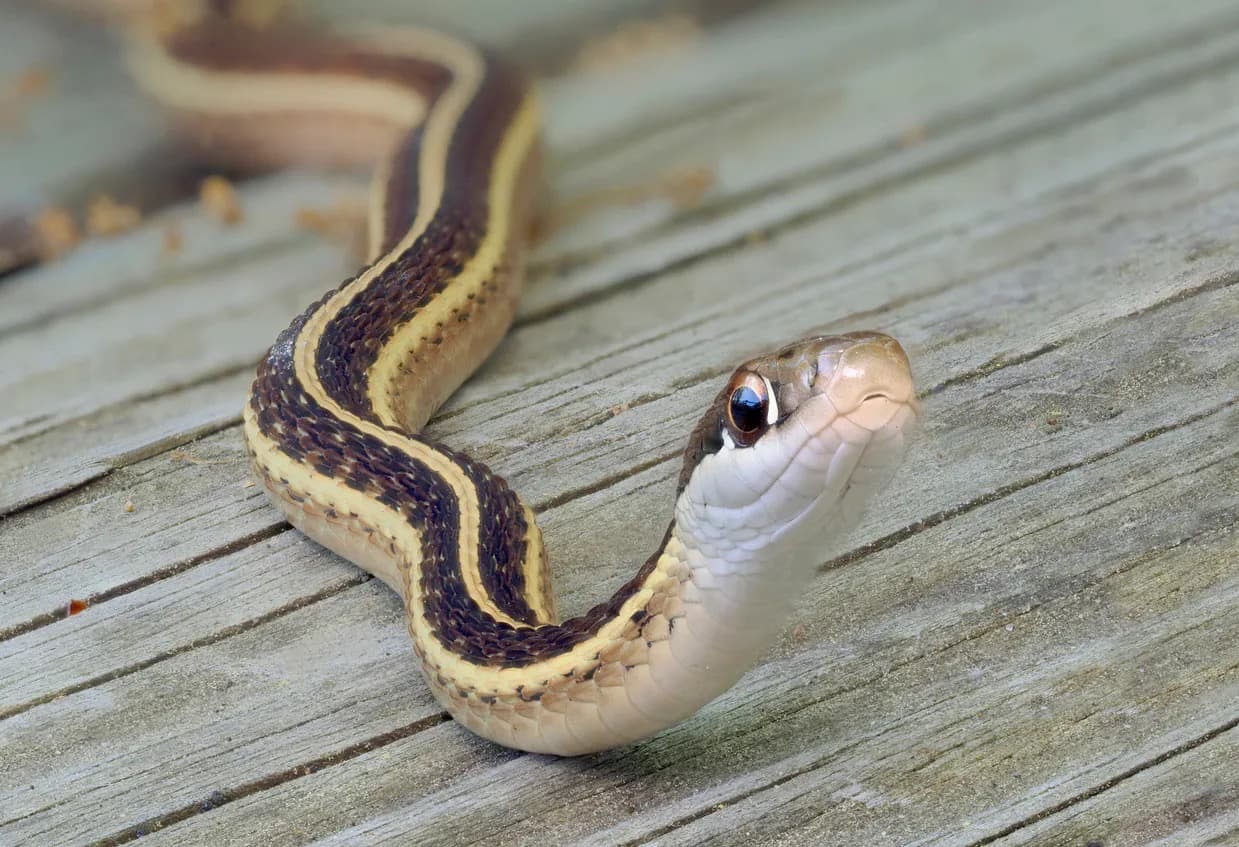

0 thoughts on “How To Get Rid Of Wasps In The Attic”